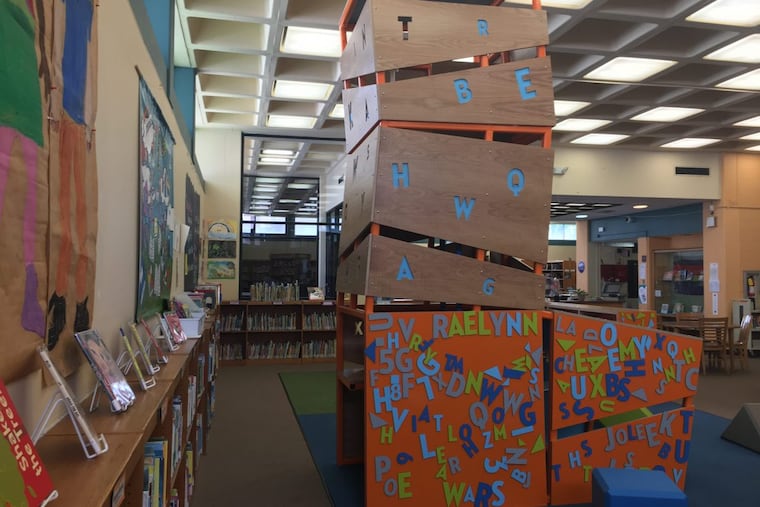Philly’s childhood literacy rate is still too low | Opinion
Beyond the obvious direct effects of poor reading achievement on students’ school success, there are few kinds of shame more corrosive than reading failure.

Improving early literacy instruction has been a priority of state and federal policymakers for decades — yet reading achievement in Philadelphia has hardly budged since 1998. Every two years, the National Assessment of Educational Progress (NAEP), called the Nation’s Report Card, is given to a sampling of fourth and eighth graders in each state and some large cities, including Philadelphia. In 2017, just 17 percent of Philadelphia fourth graders scored at or above the NAEP Proficient level. Only Detroit scored lower.
These disappointing results are not for lack of trying. In 1988, the Children’s Literacy Initiative (CLI) launched in Philadelphia working with partners across the city to tackle the literacy challenge. Since then, CLI has received millions of dollars in funding from the U.S. Department of Education and various philanthropic organizations to close the reading gap. Despite promising results at some individual schools, the unavoidable and heartbreaking fact is, these efforts continue to fall short, with devastating impact on our city’s children.
Beyond the obvious direct effects of poor reading achievement on students’ school success, this chronic failure to improve reading also indirectly fuels the school-to-prison pipeline. There are few kinds of shame more corrosive than reading failure.
As a veteran educator and administrator, I have seen the painful effects of this shame with my own eyes. It diminishes intellectual curiosity at the dawn of adulthood, when students are questioning their self-worth, deciding what to do with their lives, and seeing more doors closed than open. For many, the loss of hope and opportunity leads to desperation. It is common in prison: Research suggests 75% of inmates cannot read at the twelfth-grade level.
Learning to read is a stepping-stone to the real objective: a lifetime of learning. Proficient readers make inferences, draw connections, and generate ideas. Through reading, children discover the world and their place in it. This is why it’s essential we address the root cause of reading failure.
Powerful learning demands that we provide every student, and just as importantly every teacher, with a strong foundation in all building blocks of reading, including comprehension. Initiatives like CLI coach existing teachers, but more support needs to begin earlier, in teacher preparation programs.
We should closely examine the curriculum teacher candidates receive during undergraduate training. Aspiring elementary teachers in particular can benefit from best practices in the worlds of special education and English language acquisition.
Just as every child deserves a great teacher, every teacher deserves a great pre-service experience — one that accounts for the full range of learners they’re likely to see in classrooms. Individual children vary widely in the ease with which they learn to read. Tailored practices in the classroom setting can make a tremendous difference in their reading outcomes.
Once in the classroom, “traditional teachers” and reading specialists, special educators, English learner teachers, counselors, and others with specialized knowledge must be given the time and opportunity to work more closely together.
Just because something is new and shiny does not make it more effective.
We should also take stock of the multitude of reading programs and assessments in our schools, both print- and technology-based. These can be a valuable resource when teachers have the information and support they need to make sound instructional decisions about their use. They are not, however, a silver bullet. Just because something is new and shiny does not make it more effective. And just because something is “honed” or time-honored does not make it immune to scrutiny.
I have also seen first-hand: leadership matters. After their teachers, principals are the second most important school-based determinant of student success. Effective school leaders emphasize adult learning as much as they do student learning, and put their teachers in positions (both formal and informal) to be successful.
As I write this, the new generation of Philadelphia’s future has recently begun kindergarten. The choices we make for the city’s youngest students will resonate far into the future. As a community, we value twenty-first century concepts like adaptability, innovation, collaboration, and problem-solving. We owe it to our children to provide them with the opportunities that can only come through learning to read. Anything else is incomprehensible.
Deanna Burney has served as a principal at the elementary, middle, and high school levels in the School District of Philadelphia and as Assistant Superintendent of Curriculum and Instruction in the Camden Public School District, New Jersey. deanna_burney@post.harvard.edu